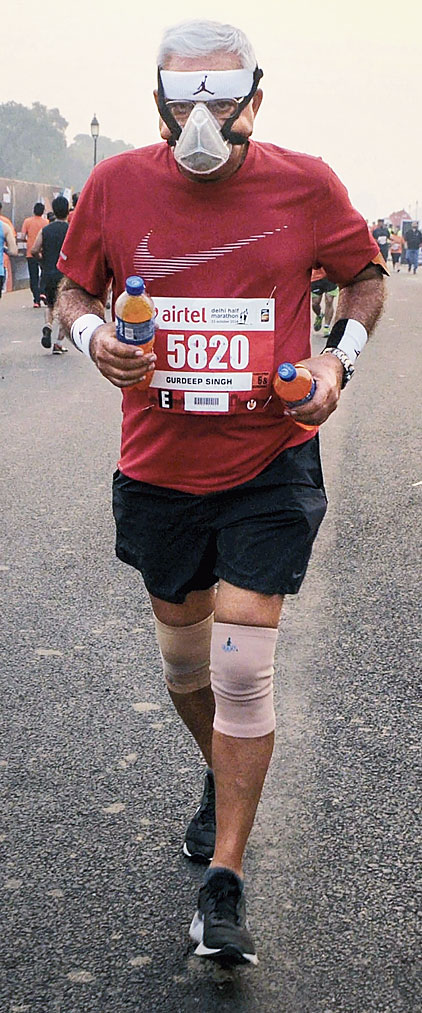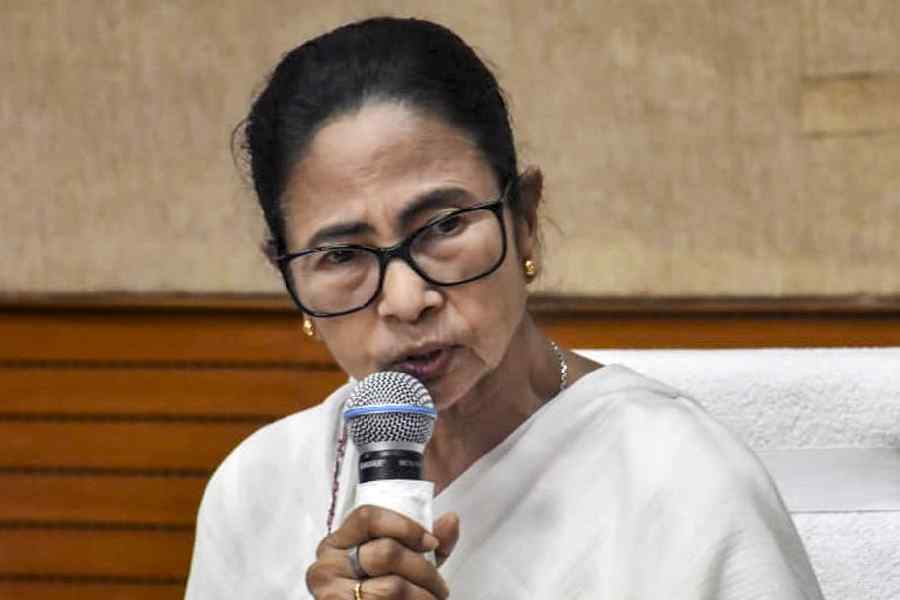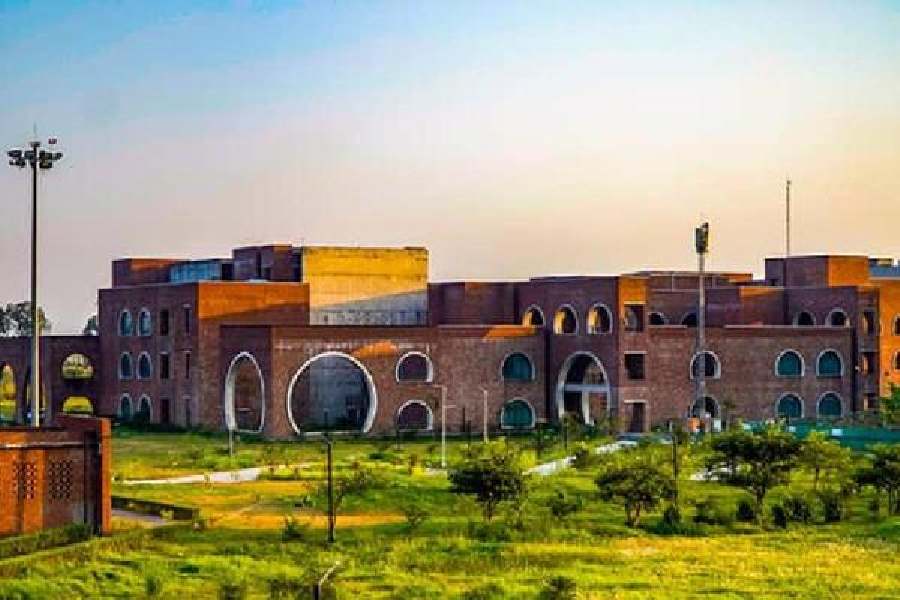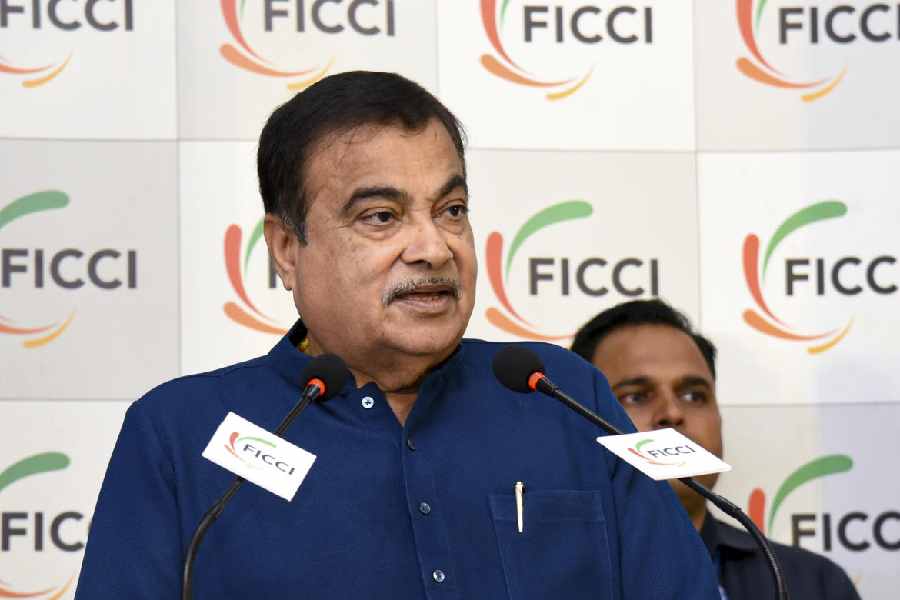Air purifier manufacturers are again looking at a big spike in sales as in previous years since the air quality in the national capital region and adjoining areas is likely to deteriorate further over the coming weeks.
The companies are expecting the Delhi-NCR zone to drive their sales this year too, although there has also been a rise in demand from smaller and Tier-II cities, other than metros.
“Around Diwali, we have seen in the past the air quality levels going down further and some of it will surely convert into heightened awareness and a demand for the category,” Eureka Forbes chief transformation officer Shashank Sinha said.
Unfortunately, air purifier sales peak only when consumers see the pollution levels rise to a dangerous level, he said, adding that the winter season contributes to over half the volume in this category.
The industry is small in size and limited to the metros, but the manufacturers have been witnessing a high double-digit growth in the segment because of increased awareness among people who are willing to spend money to improve the quality of air around them.
Delhi’s overall air quality index was recorded at 337 last week, which falls in the “very poor” category and is the highest of this season, creating hazy conditions, according to data from the Central Pollution Control Board.
Among other companies, Honeywell also expects a rise in the demand around the festive season, when the pollution index goes up.
“We have seen that in the past two years, there has been a sudden surge in the demand for air purifiers during the smog situation in Delhi. The onset of winter only further deteriorates the air quality and acts as a catalyst to push the sales for air purifiers,” Sudhir Pillai, of Honeywell Building Technologies, said.
“Increased media coverage of poor air quality and the WHO report highlighting that India has 14 of the top 20 cities in the world with the worst air quality adds to the increased consumer awareness, thereby resulting in increased sales.”
According to Xiaomi, also a player in the segment, people tend to buy air purifiers after pollution levels rise around the festive season, the “key factor being activities like crop burning followed by bursting of crackers”.
“Owing to these factors, our air quality is expected to drop to even more hazardous levels. In this situation, people will need a feasible, yet effective solution to ensure their homes and work spaces are able to tackle this problem,” the company said.
The manufacturers are expecting the Delhi-NCR and adjoining areas to lead their sales.
“We expect a large part of the demand from the metropolitan cities and also from the north,” Sinha, the Eureka Forbes officer, said.
Sinha cited a recent report released by Frost & Sullivan and said the air purifier market was expected to grow at a compound annual growth rate of 23.2 per cent during 2016-21.
“We would expect the domestic market for air purifiers to be around 2,00,000 units per annum...,” Sinha said.










